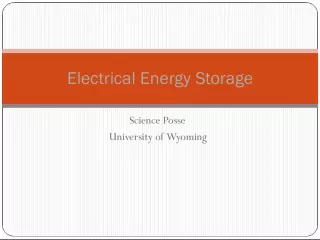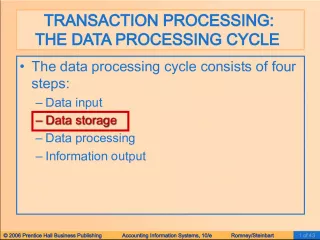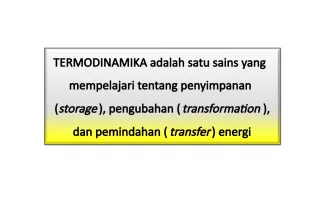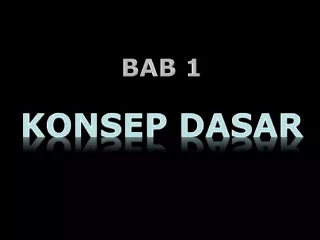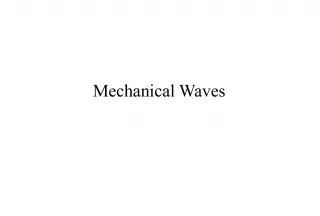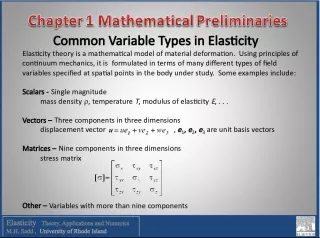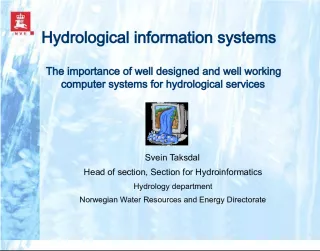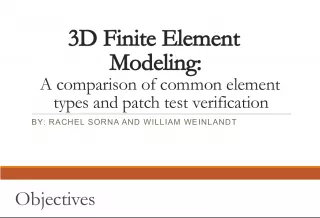Understanding Archival Storage and Its Types
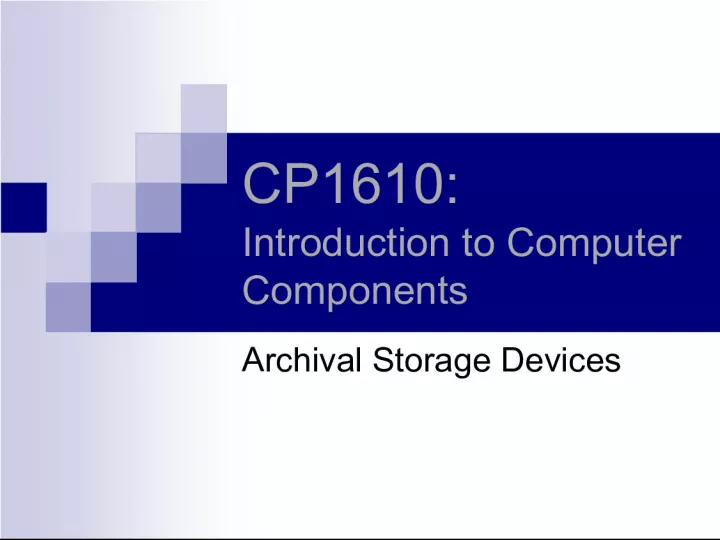

Archival storage is a method of storing data for a long period. This article sheds light on what archival storage is and discusses the common archival storage media, i.e. optical storage, flash memory and magnetic storage.
- Uploaded on | 0 Views
-
 drakeauer
drakeauer
About Understanding Archival Storage and Its Types
PowerPoint presentation about 'Understanding Archival Storage and Its Types'. This presentation describes the topic on Archival storage is a method of storing data for a long period. This article sheds light on what archival storage is and discusses the common archival storage media, i.e. optical storage, flash memory and magnetic storage.. The key topics included in this slideshow are archival storage, data backups, durable, long-term, permanent storage,. Download this presentation absolutely free.
Presentation Transcript
1. CP1610: Introduction to Computer Components Archival Storage Devices
2. What is Archival Storage? Similar to secondary storage. Typically more durable. Used for long-term or permanent storage: Data backups from hard disks; Permanent storage of data that will not be changed (ex: music or movies);
3. Common Archival Storage Media Optical Storage Flash Memory Magnetic Storage
4. Optical Storage Use light (lasers) to read and write data. Not subject to data loss or corruption. Compact Discs (CDs) Digital Video Disks (DVDs)
5. How Optical Storage Works Light is used to burn a series of pits (dark spots) on a disk. Dark spots and light spots are read as 0s and 1s (binary). Re-writable discs use Phase technology: Special dyes are used that react to the laser; The Phase of the dyes can be changed to change the data.
6. Data Storage on Optical Media CD-ROM drives Use CDFS (Compact Disc File System) or UDF (Universal Disk Format); Hold about 780 MB of data. DVD drives Use only UDF; Uses the MPEG-2 encoding standard; Standard hold about 4.5 GB of data. Dual-layered DVDs can hold up to 8.5 GB of data.
7. Optical discs have tracks and sectors, just like magnetic disks. Tracks and sectors are arranged in a spiral, instead of concentric circles. Floppy Disk
8. Flash Memory Also called solid-state storage. No moving parts (Data on the media is altered using electrical signals). Relatively high memory capacity. Commonly used for: USB drives; MP3 players; Digital camera memory; Mobile phone and PDA memory;
9. Multimedia Compression Standards MPEG-1 standard Image compression for business/home applications MPEG-2 standard Video film compression on DVD-ROM MPEG-3 standard Audio compression MPEG-4 standard Video transmissions over the Internet
10. Magnetic Storage Like a cross between a floppy or hard disk, and an audio cassette. Stores data by aligning magnetic particles on a tape. Magnetic particles are read as 0s or 1s (binary).
11. Advantages of Magnetic Storage Advantages Inexpensive and convenient Large capacity Several types and formats Disadvantage Sequential access
12. Other Archival Storage Media ZIP Disks (By Iomega) and SuperDisks (by Imation). Similar to 3.5 inch floppy disks, but bigger, with more capacity. Never became popular because of CDs and DVDs
